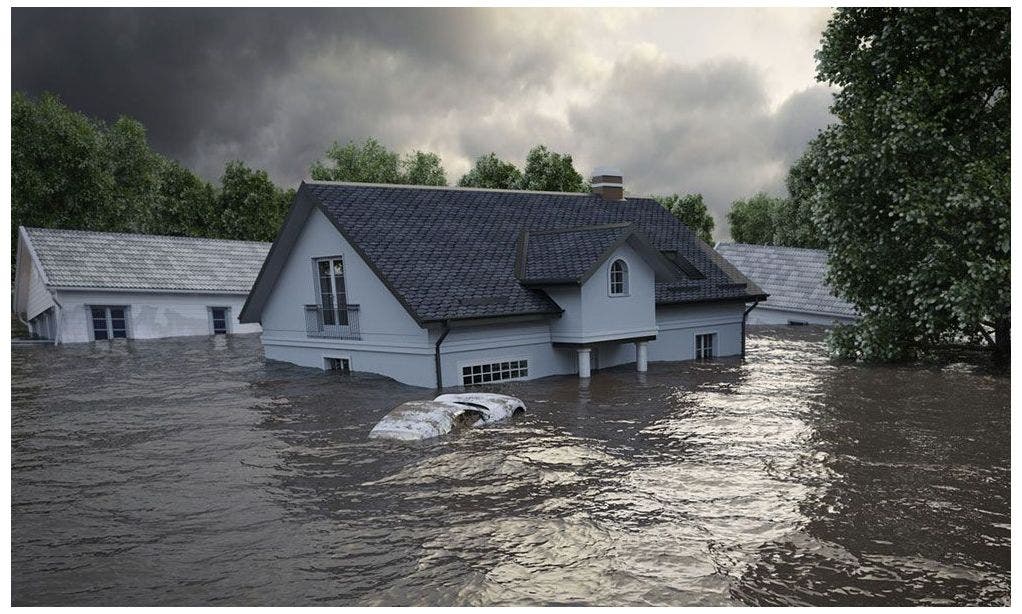As a professional HVAC contractor, if your customers experienced flooding or storms in their areas, it’s important to take action to educate them on preventing further damage from occurring. If houses, including HVAC systems, are not properly disinfected after the storms, they can become breeding grounds of mold, mildew and bacteria which can cause serious health problems for residents. After a storm or flood, the HVAC system might be operational, but it can be contaminated with various chemicals, mold, mildew, bacteria, and other chemicals present in the water resulting from hurricane or flooding activity. You can help by taking the proactive measure to disinfect the HVAC systems in their homes or properties. To do so, you’ll need to find a suitable disinfectant that meets several criteria. Here are four important elements to consider when choosing an appropriate solution:
1. Safety Rating
Look for a product that has been rated as safe by reputable authorities such as EPA. This will ensure that the chemicals used in the disinfectant are suitable for use and won’t cause any harm if inhaled. An EPA registered disinfectant meets strict guidelines for safety and efficacy. Choose a non-abrasive solution that can be used in homes, institutions, offices, schools.
2. Anti-Mold Properties
Indoor and outdoor mold grows in damp, humid environments, which are typical following hurricanes and flooding events. Some found high levels of mold growth, while another reported microscopic evidence that spores were present at all time points throughout a home's interior -- even when no one noticed it! A good disinfectant should be able to kill mold spores effectively; check the label for active ingredients known to be effective against this particular fungus. Some products have multi-purpose applications with active ingredients that can also fight other types of bacteria or viruses as well.
3. Ease of Use
Make sure that you choose a product that is easy to use and apply in the available space on the job site. The new Coil-Cure liquid disinfectant comes with a spray nozzle cap and a ready-to-use bottle, which makes application much simpler than having to mix chemicals together yourself! Additionally, read up on usage instructions before buying – while a product like Coil-Cure is an one step no rinse solution, some other products require additional steps such as rinsing and venting out rooms after application.
4. Deodorizing Capability
Choosing the right HVAC disinfectant is essential for removing any bacteria, viruses, and other harmful particles from the air. But it's also important to make sure that you choose a disinfectant that will also tackle odors in addition to any pathogens. A disinfectant with deodorizing properties can help to keep the indoor air fresh and odor-free. Investing in an effective HVAC disinfectant that both eliminates microbes and eliminates odors is crucial for improving air safety and comfort - health first followed by comfort levels second!
By taking these factors into account when selecting a disinfectant, you’ll be able to ensure safety for homeowners while still maximizing effectiveness against bacteria and other pathogens lurking in HVAC units after floods or storms. To learn more about the EPA-registered* Coil-Cure disinfectant, visit rs.today/disinfect.
*Coil-Cure has been added to the EPA list N as an EPA registered disinfectant with emerging viral pathogens AND human coronavirus claims for use against SARS-CoV-2. (EPA Reg. No. 6836-152-51219)
Please visit www.rectorseal.com for additional details, and follow us on LinkedIn, Facebook, YouTube, Instagram, and Twitter for the latest product enhancements and news.

